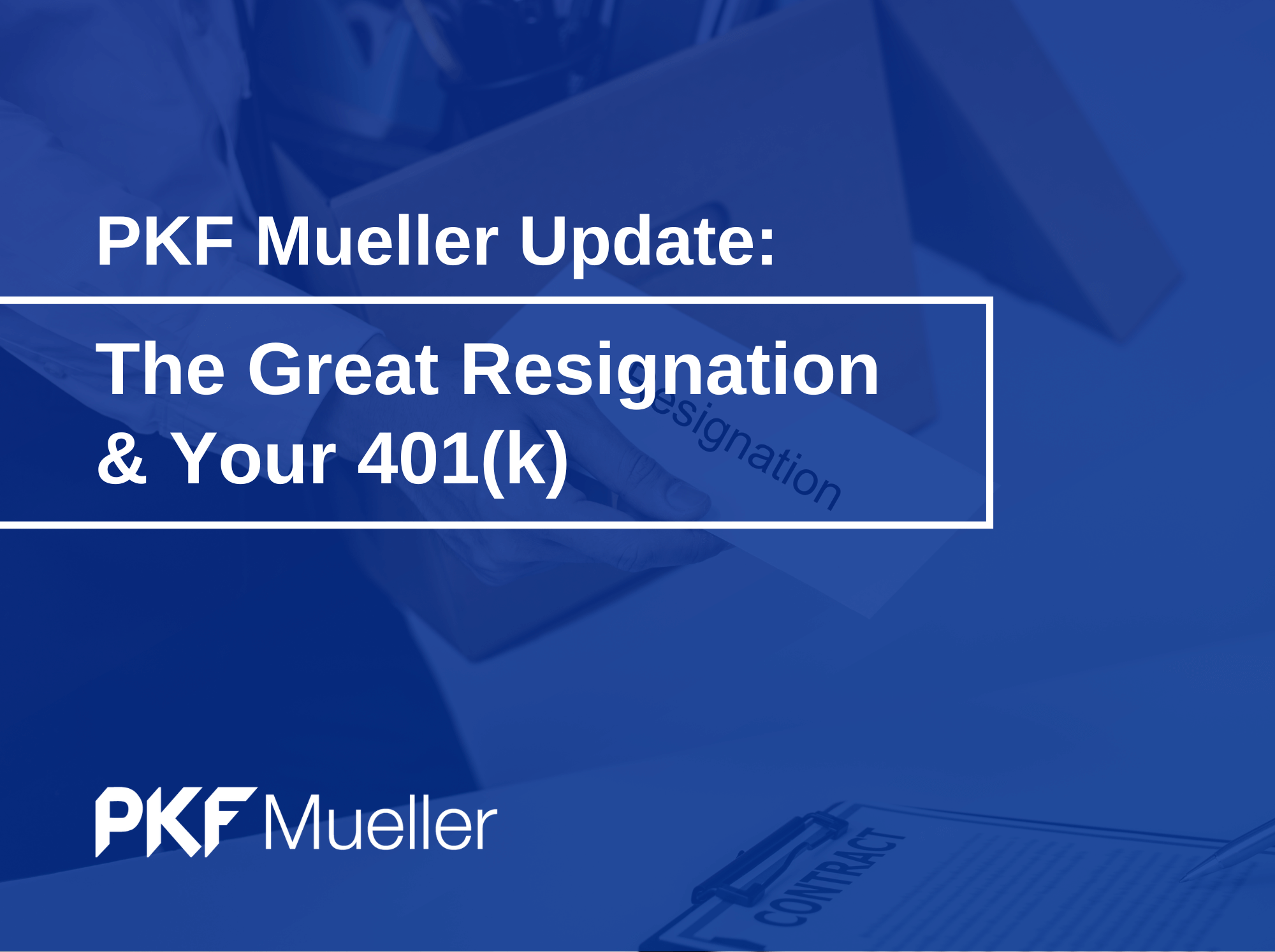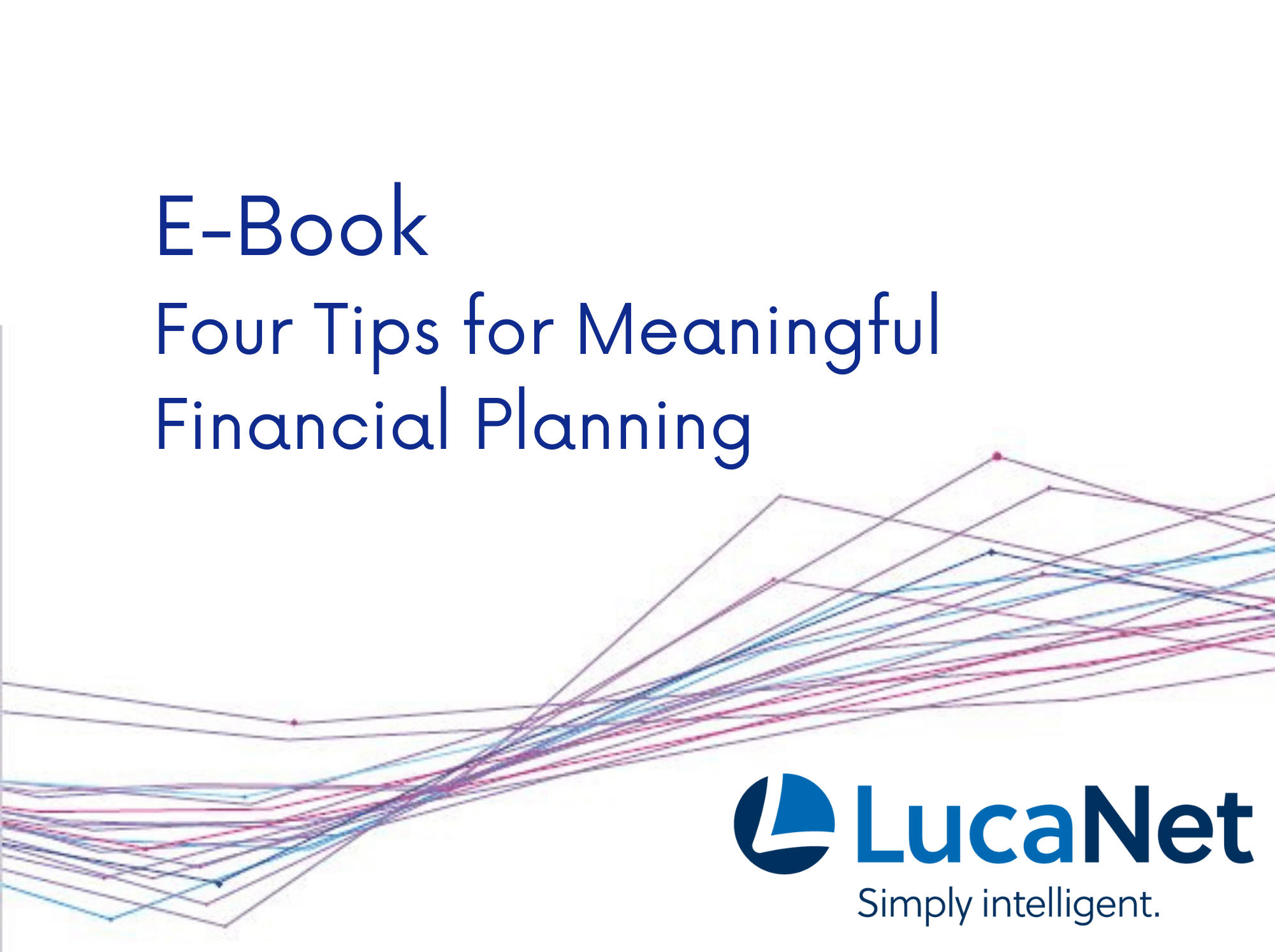December 2016
THE MONTH IN BRIEF
November was certainly newsworthy, presenting investors with three historic moments. First, Donald Trump won the presidency in a stunning upset that confounded political analysts. Next, the stock market rallied spectacularly after receiving that unanticipated news – the Dow Jones Industrial Average repeatedly closed at all-time peaks, advancing 5.41% on the month. Finally, OPEC nations agreed to reduce oil output for the first time since 2008, a development that sent crude prices soaring. On the whole, the latest U.S. economic indicators looked good. Existing home sales maintained their pace, even as mortgage rates climbed. A December interest rate hike by the Federal Reserve looked more and more likely.
DOMESTIC ECONOMIC HEALTH
Consumers spent significantly in October. The latest reports from the Department of Commerce showed personal spending up 0.3% in the tenth month of the year, and both headline and core retail sales advancing 0.8%. Personal incomes increased by an impressive 0.6% in October.
Consumer confidence surged in November. The Conference Board’s monthly index hit 107.1, jumping 6.3 points from its October reading; analysts polled by MarketWatch felt it would rise to 102.5. The University of Michigan’s November consumer sentiment gauge rose to 93.8.
On the hiring front, companies added 161,000 net new workers in October. (The Department of Labor also revised August and September hiring totals upwards by a combined 44,000.) Unemployment was at 4.9%; the U-6 rate (which also counts the underemployed) was at 9.5%. Yearly wage growth reached a six-and-a-half-year peak at 2.8%.
The manufacturing and service sectors appeared healthy, according to the latest key U.S. purchasing manager indexes. The Institute for Supply Management’s globally watched factory sector PMI rose 0.4 points to 51.9; its service sector PMI fell 2.3 points to 54.8, but was still well above 50, the number delineating expansion from contraction. In other news relating to manufacturing, hard goods orders rose 4.8% in October (core orders were up but 0.4%), and the federal government’s second estimate of Q3 GDP improved to 3.2% from an initial 2.9%.
Inflation pressure did increase for consumers in early fall. The Consumer Price Index showed a 0.4% October gain, leaving it up 1.6% annually. Core consumer prices had risen 2.1% in 12 months. Affected notably by fuel costs, the Producer Price Index was flat in October and only up 0.8% year-over-year.
On November 17, Federal Reserve chair Janet Yellen sent a strong signal that an interest rate adjustment was near. She commented that a rate hike could occur “relatively soon,” as monetary policy appeared to be only “moderately accommodative.” Only “gradual increases in the federal funds rate” might be needed to meet an oncoming inflation threat, she noted.
GLOBAL ECONOMIC HEALTH
OPEC countries formally agreed to decrease oil output on November 30, surprising those who thought that its tentative summer accord would never be finalized. Saudi Arabia and Iran agreed to major production cuts, and while Russia does not belong to OPEC, word came that it would also agree to cut output if OPEC set per-nation production quotas. In the wake of the deal, Morgan Stanley analysts commented that oil prices might rise by as much as $5 a barrel.
An encouraging economic sign emerged from Europe. Yearly euro area inflation ticked up to 0.6% in November, with annualized core inflation at 0.8%. As last month ended, European investors waited to see if the European Central Bank would choose to extend its current bond-purchase program beyond March. Bloomberg reported that the euro area jobless rate remained at 10.0% in October.
The Philippines appeared to displace China as Asia’s fastest growing economy. According to Reuters, its GDP reached 7.1% in the third quarter. China’s official Q3 GDP reading came in at 6.7%.
India suffered through a cash crunch last month as Prime Minister Nandrenda Modi shockingly decided to outlaw the country’s 500-rupee and 1,000-rupee notes. The move instantly took 86% of India’s money supply out of circulation. Modi was combating the country’s “black money” problem – wealthy households secreting portions of their incomes in pursuit of tax savings. He announced that new currency would quickly be issued, but former Prime Minister Manmohan Singh denounced the tactic as a “monumental management failure” and “a case of organized loot and legalized plunder of the common people.”
WORLD MARKETS
Foreign stock benchmark performance in November can be summed up in a convenient phrase: all over the place. Russia’s MICEX led the way, going +6.21%. Close behind were the Nikkei 225 at +4.94% and the Shanghai Composite at +4.71%. Australia’s All-Ordinaries went +2.45; Canada’s TSX Composite, +2.01%; and the MSCI World index, +1.25%. European gains included the CAC-40 at +0.65% and the FTSE Eurofirst 300 at +0.36%.
Several major indices lost ground in November. They included the DAX at -0.52%, the Hang Seng at -0.72%, the FTSE 100 at -3.04%, Brazil’s Bovespa at -3.71%, India’s NFTE 50 at -4.65%, the MSCI Emerging Markets at -4.67%, Spain’s IBEX 35 at -5.58%, and Mexico’s Bolsa at -5.61%.
COMMODITIES MARKETS
Gold futures sank in November as investors ran back to equities. The yellow metal lost 7.93% for the month to a COMEX close of $1,172.00 on November 30. Silver futures mirrored that descent, sinking 7.44% to a month-end close of $16.48. While platinum fell 6.92%, copper (a base metal) absolutely took off, rising 19.07%.
Boosted by news of the OPEC deal, light sweet crude finished the month with a flourish, rallying sharply to leave its monthly advance at 4.75%. Oil futures closed at $48.98 on the NYMEX November 30. Natural gas gained 12.28%; heating oil, 5.12%; unleaded gasoline, 2.21%. As for crops, cotton rose 4.49%; soybeans, 3.02%; corn slipped, 4.51%; wheat, 7.47%; coffee, 9.96%; and sugar, 10.88%. The U.S. Dollar Index rose 3.25% month-over-month to a November 30 settlement of 101.47.
REAL ESTATE
New and existing home sales went opposite ways in October. Resales increased 2.0% by the estimate of the National Association of Realtors, while the Census Bureau reported a 1.9% reduction in the pace of new home buying. During the year ending in October, the median sale price for an existing home rose 6.0% to $232,200, while the median sale price for a new home went 1.9% higher to $304,500.
The average interest rate on a conventional home loan rose half a percent during November, with the bond market expecting greater infrastructure spending (and greater inflation) in the near future. Freddie Mac’s November 23 Primary Mortgage Market Survey (its last of the month) showed the 30-year FRM averaging 4.03% interest; average interest on the 15-year FRM and 5/1-year ARM was, respectively, at 3.25% and 3.12%. On October 27, the numbers were: 30-year FRM, 3.47%; 15-year FRM, 2.78%; 5/1-year ARM, 2.84%.
Looking at some of the other real estate reports issued in November, the 20-city S&P/Case-Shiller home price index was up 5.5% year-over-year in its September edition, improved from 5.2% a month earlier. Issuance of building permits increased just 0.3% in October, but housing starts advanced 25.5%. Finally, the NAR reported an 0.1% October gain for pending home sales.
LOOKING BACK…LOOKING FORWARD
Small caps had a phenomenal month. The Russell 2000 gained 11.02% as investors sensed its member firms would especially benefit from presumed increases in defense and infrastructure spending. The Dow’s 5.41% November gain outdistanced the 3.41% advance of the S&P 500 and the 2.62% improvement of the Nasdaq. The November 30 closing settlements: DJIA, 19,123.58; NASDAQ, 5,323.68; S&P, 2,198.81; RUT, 1,322.34. The CBOE VIX ended the month down at 13.33.

Sources: barchart.com, bigcharts.com, treasury.gov – 11/30/16
Indices are unmanaged, do not incur fees or expenses, and cannot be invested into directly. These returns do not include dividends. 10-year TIPS real yield = projected return at maturity given expected inflation.
November certainly did not play out according to expectations. Who thought Wall Street’s benchmarks would rally to all-time highs, especially with the way they slumped before the election? Perhaps, December will pleasantly surprise us as well. Assuming the Federal Reserve raises the federal funds rate, can stocks retain some of their impressive momentum through the end of the year? In the near term, possibly. Some of the investing and economic factors that garner the most attention – GDP, consumer spending, consumer confidence, hiring, and earnings growth – have been quite positive recently. (In fact, the earnings recession is now over. As November ended, 98% of S&P 500 firms had reported quarterly results according to FactSet, with Q3 earnings for the S&P up by 3.2%.) So, yes, this bullishness may persist through the end of the year. On the horizon, there is the fear that accelerating inflation (and corresponding tightening) could keep the bulls in check. That could be something to worry about as 2017 unfolds.
UPCOMING ECONOMIC RELEASES: After the December 2 release of the Department of Labor’s November jobs report, the December roll call of scheduled news items proceeds as follows: the November ISM service sector PMI (12/5), October factory orders (12/6), December’s preliminary consumer sentiment index from the University of Michigan (12/9), a Federal Reserve interest rate decision, November retail sales, the November PPI and November industrial output (12/14), the November CPI (12/15), statistics on November groundbreaking and building permits (12/16), November existing home sales (12/21), the November PCE price index, November durable goods orders and the final estimate of Q3 growth (12/22), November new home sales and the final December University of Michigan consumer sentiment index (12/23), the year’s last consumer confidence index from the Conference Board plus October’s S&P/Case-Shiller home price index (12/27), and then November pending home sales (12/28). The November personal spending report will be issued in early January.
Securities offered through 1st Global Capital Corp., Member FINRA/SIPC. Investment advisory services including fee-based asset management accounts held through NFS, LLC are offered through 1st Global Advisors, Inc. All other financial planning and fixed insurance services are offered through Mueller Financial Services, Inc. Mueller Financial Services, Inc. and 1st Global Capital Corp are unaffiliated entities.



